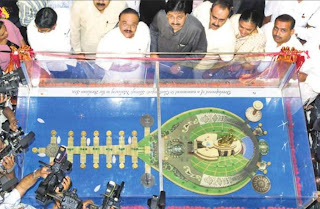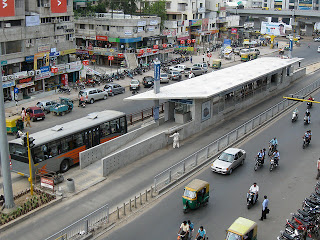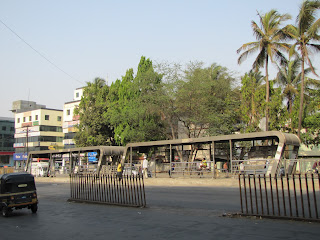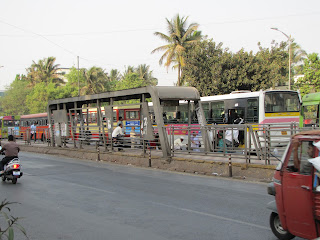 |
| Shivaji Memorial - Image via 20twentytwo.blogspot.in |
We would rather build a colossal memorial for Shivaji in the
sea off Mumbai, but will not repair the forts built by the king which are in state
of ruins or use that money for some sensible cause. It’s a shame our
politicians even bring up such plans.
I remember a story told by Babasaheb Purandare, the famous Shivaji
historian. Upon visiting London, he noticed that there were hardly any statues
of Winston Churchill to be seen. He asked this once to an Englishman why this
is so, that such a famous well deserving man should lack a memorial or big
statues within his own country. The Englishman replied, “We need no statues or
memorials to commemorate Churchill. He lives in our blood”.
Let’s first build a memorial for Shivaji in our hearts and let it manifest in a number of meaningful causes before building a 300 ft statue in the sea.
Let’s first build a memorial for Shivaji in our hearts and let it manifest in a number of meaningful causes before building a 300 ft statue in the sea.
You can read the detail proposal here.










